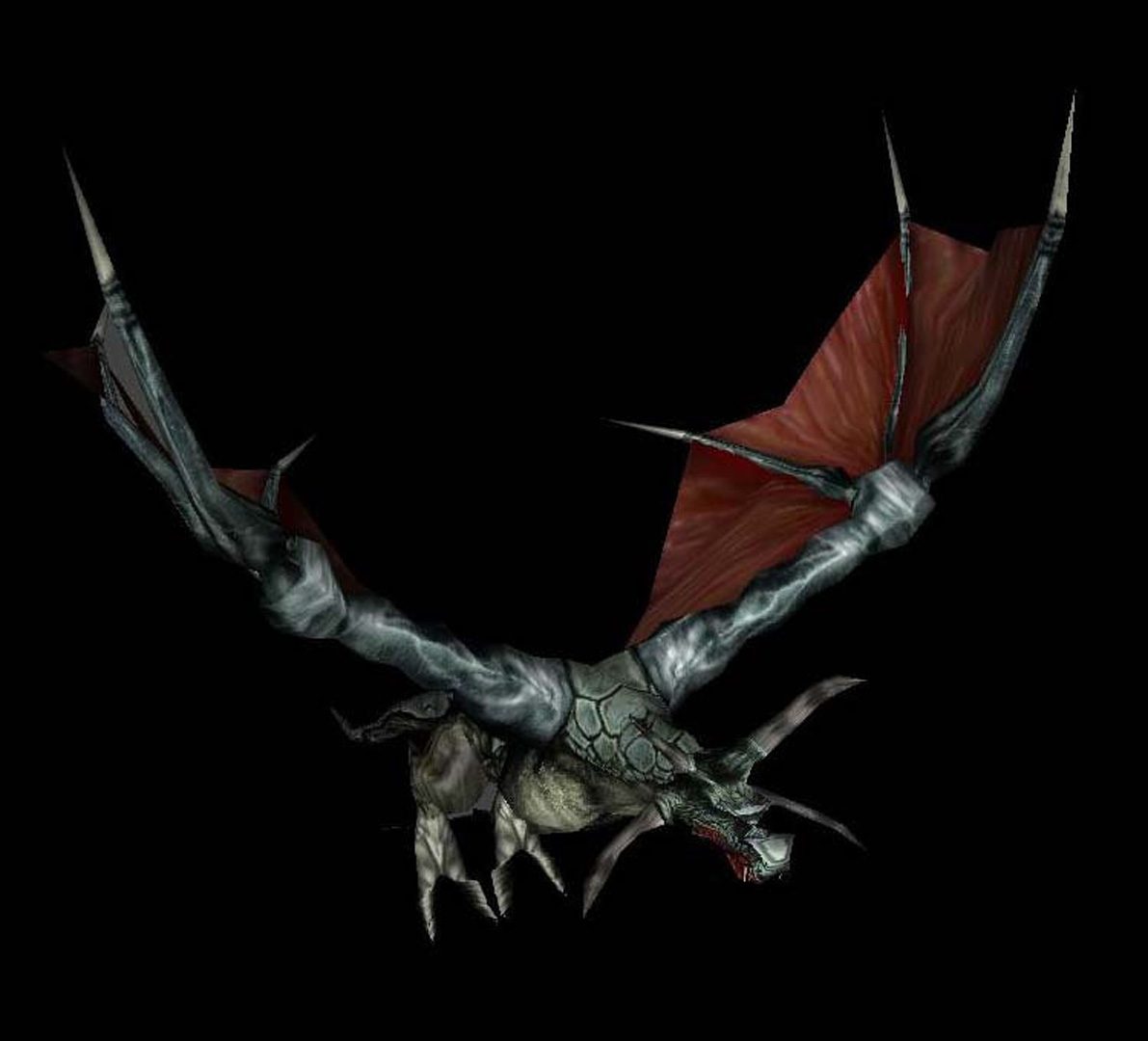“Integrating MPEG-4 3D content in games” by Sasko, Davcev and Trajkovik
Conference:
Type(s):
Title:
- Integrating MPEG-4 3D content in games
Presenter(s)/Author(s):
Abstract:
This study presents a novel approach for presentation of MPEG-4 3D graphics objects in a commercial scale 3D rendering engine. We introduce management of MPEG-4 3D resources to address the rendering requirements of a modern real-time 3D rendering engine. The novel concept presented here is to consider the scene management with respect to the rendering constraints instead of representation of the data as in a usual MPEG-4 approach. We present an example of using MPEG-4 encoded 3D content in advanced 3D visualization applications such as games. MPEG-4 [ISO/IEC 2001] is one of the most complete multimedia standards in terms of media representation, compression, 2D and 3D graphics primitives, user interaction and programmatic environment. It offers the possibility of efficient transmission and/or storing huge amount of multimedia. MPEG-4 defines a special description language called Binary Format for Scenes (BIFS). BIFS is a binary encoded version of an extended subset of VRML, which can represent roughly the same 3D scenes in more efficient manner. Currently there is no significant commercial application of MPEG-4 3D capabilities. Any application that would visualize MPEG-4 encoded 3D objects will influence the significance of the whole standard.
References:
1. ISO/IEC 14496-1:2001 Information technology — Coding of audio-visual objects — Part 1: Systems, International Organization for Standardization, Swiss, 2001.
2. Object Oriented Graphics Rendering Engine – OGRE, http://www.ogre3d.org, 2006





